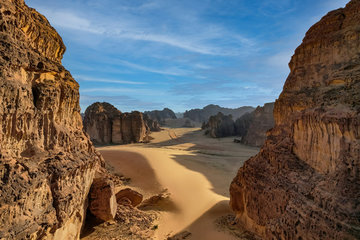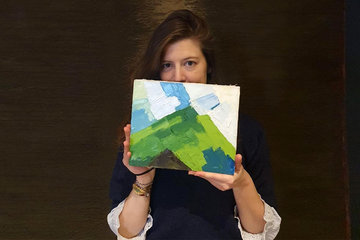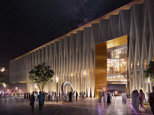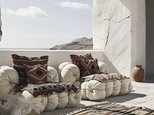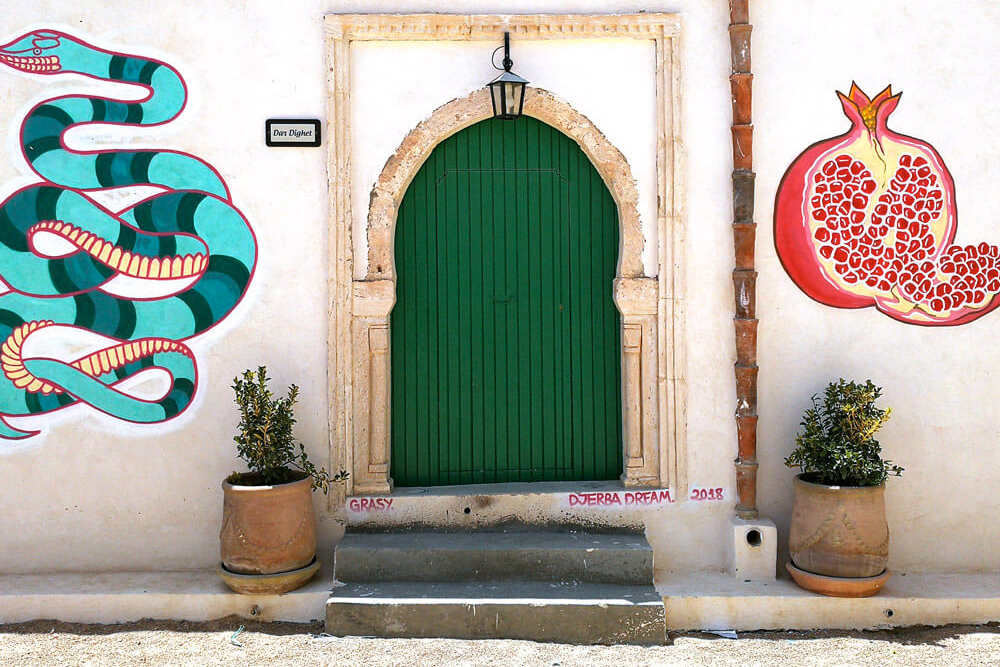
Djerba, an island located in southern Tunisia, has been mentioned in Homer’s Odyssey and extolled by Gustave Flaubert. According to legend, Odysseus became trapped on the island of the Lotus-Eaters, Djerba, during his journey through the Mediterranean.
While the island’s natural splendor is unquestionably alluring, other factors have also drawn visitors in the past few years. Many of the island’s buildings are entirely white and minimalist, which is no coincidence.
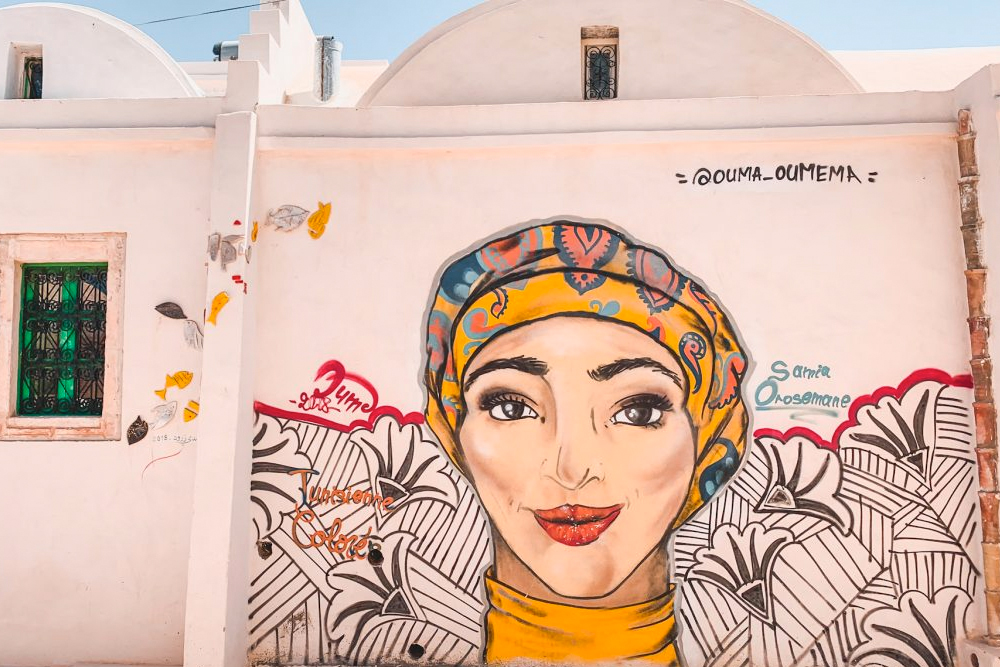
The majority of these stark white structures, which are a distinctive aspect of the island's design, are mosques. However, because the majority of these mosques were constructed by the Ibadites, an ethnic minority in the nation with a long history in Djerba, they serve as a reminder of a millennia-old practice of coexistence on the island.
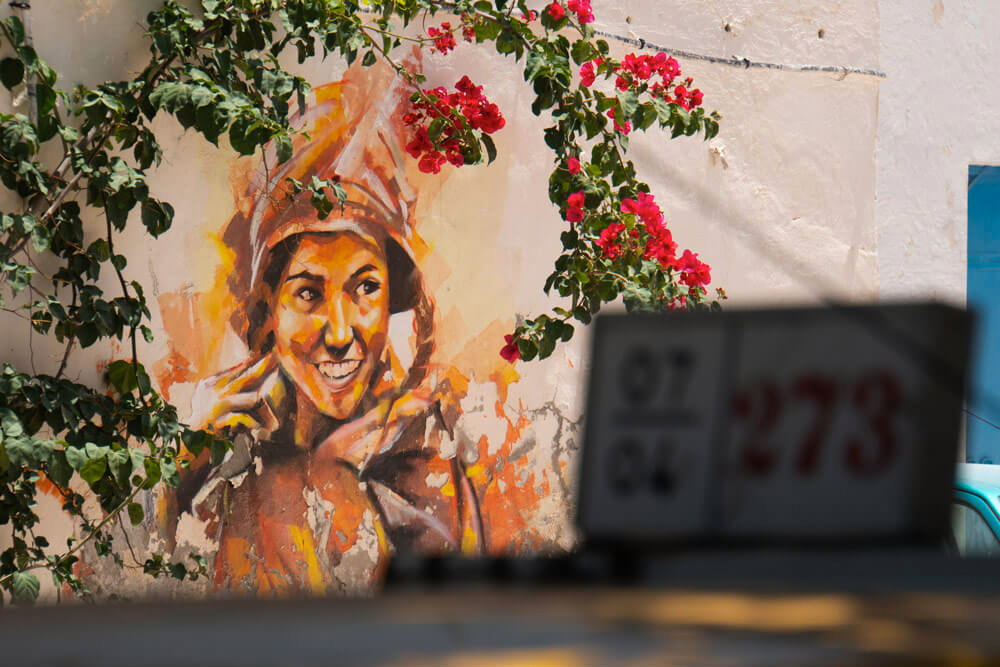
The doctrine of the religion, which places a greater emphasis on simplicity than excessive lavishness, is reflected in these structures. The Ibadites typically divided them into five categories: fortified mosques that were used in the island's defense system, subterranean mosques, madrasas, or instructional mosques, coastal watch mosques, and field mosques that were dispersed throughout the island.
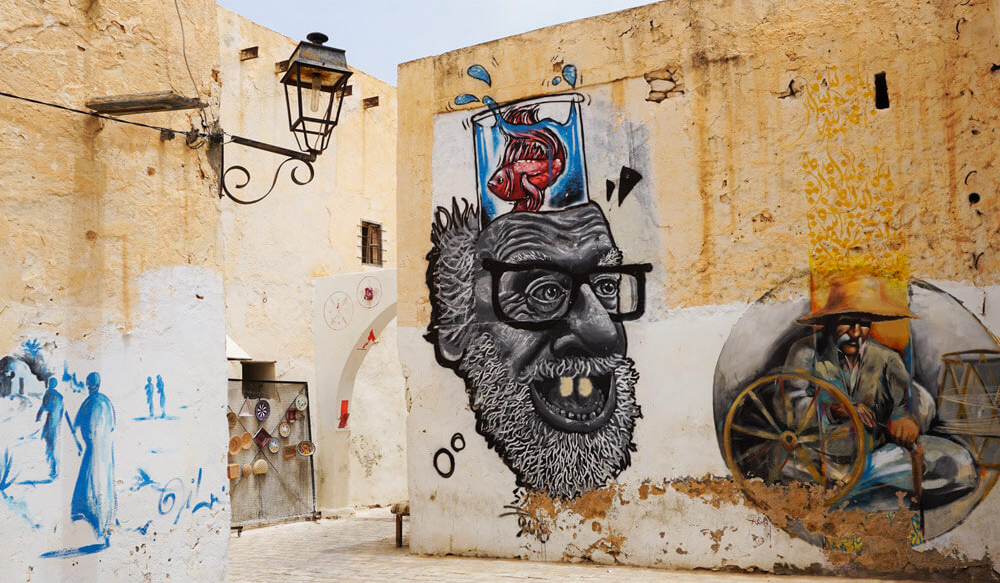
The most significant Ibadite population, who are otherwise neither Sunni nor Shi'a, can be found in Oman, although they are also present in Tunisia, Algeria, and Libya, albeit in smaller numbers.
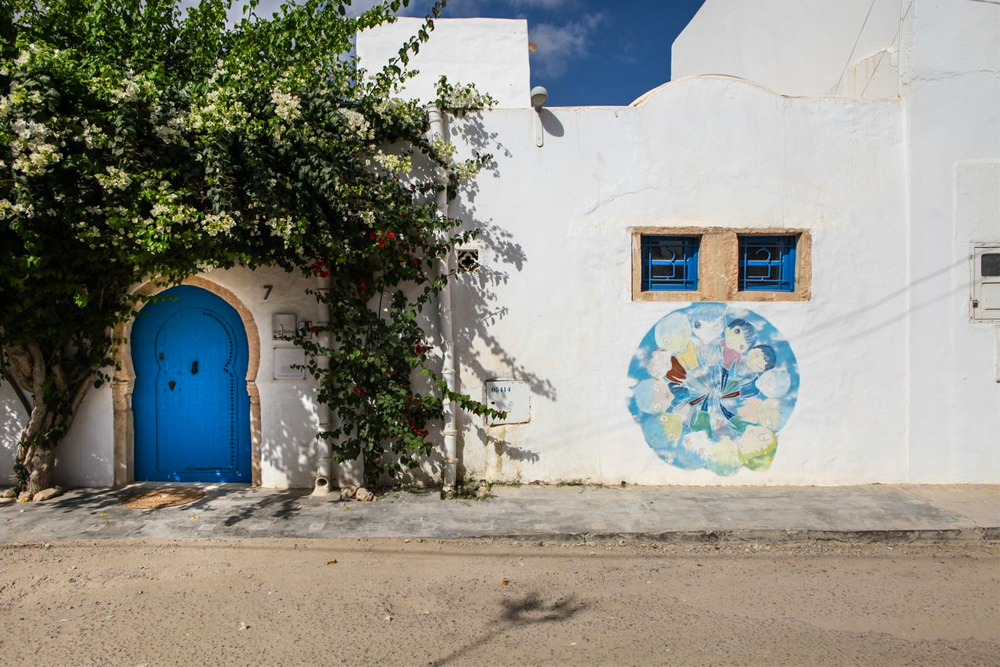
Buildings on the island are examples of a minimalistic style that has become increasingly popular. The ornate designs that predominate in other regions of the nation are contrasted by the precise lines, straightforward, sometimes missing forms, and white color scheme of this part of the country. Even for the majority of non-Ibadite people on the island, this type of mosques can be found throughout the city's attractions and has a significant impact on how the island is built.
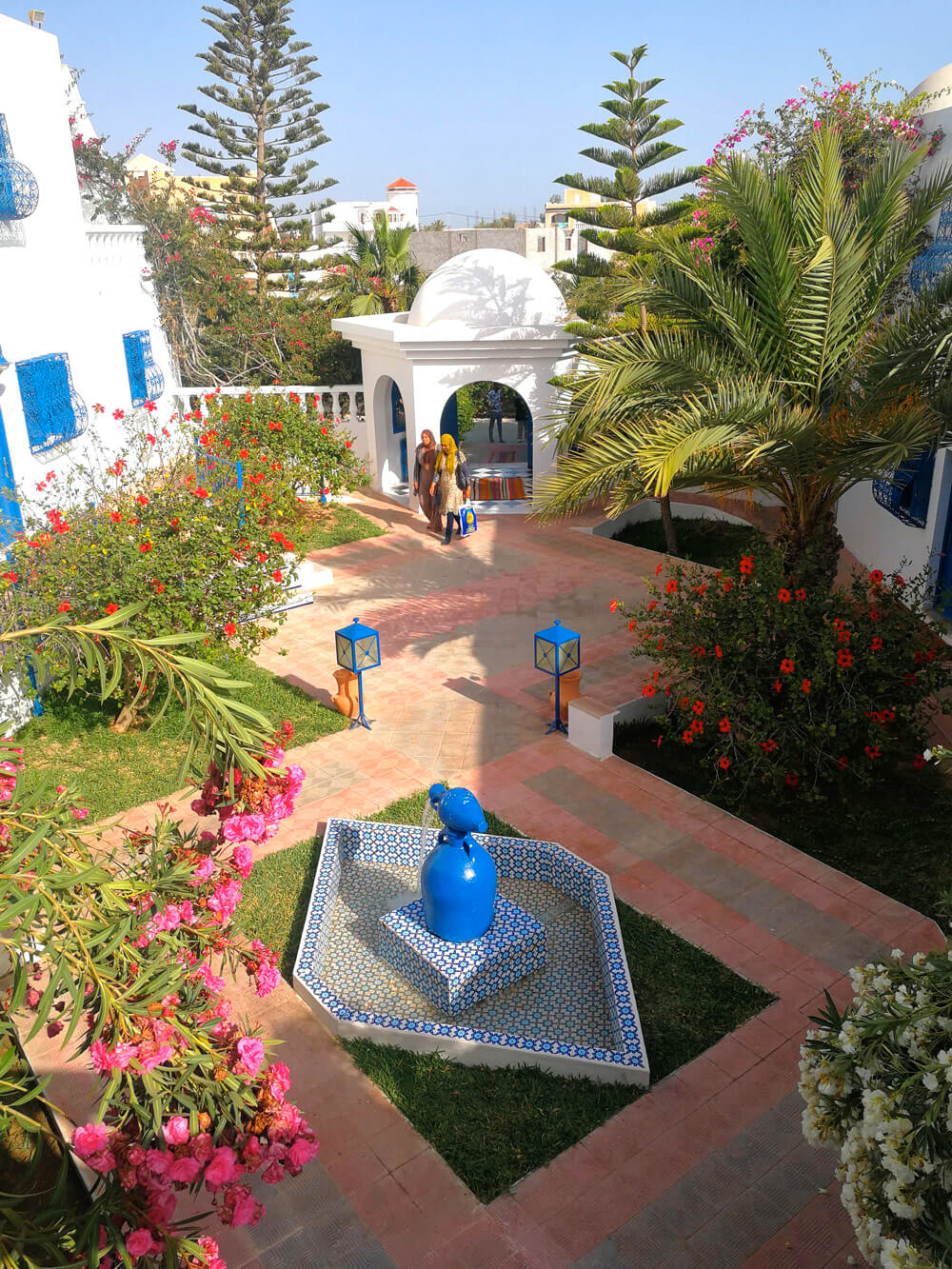
The city's austere, all-white architecture has caught the attention of visiting visual artists who have traveled to the island to take photographs of its marvels and be inspired by the shift of landscape it provides.



